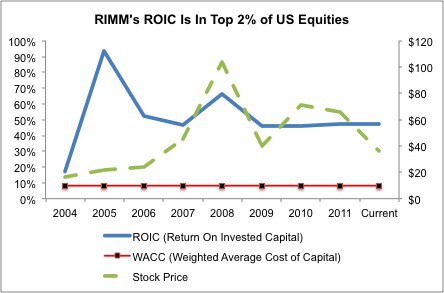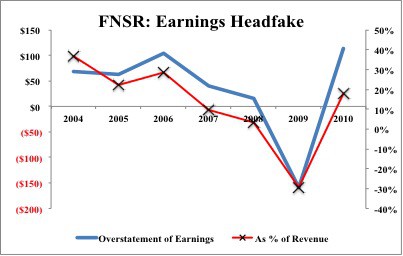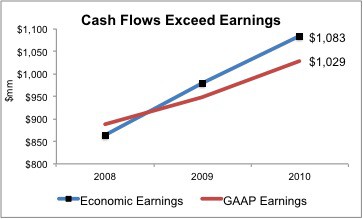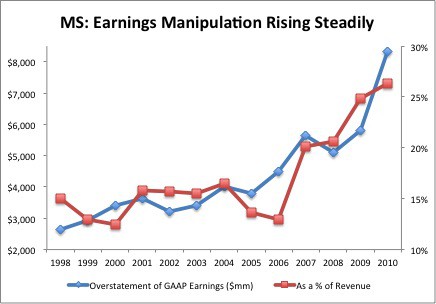RIMM’s Stock Offers A Free Option On a Comeback
Yes, RIMM is losing market share and fast. Yes, RIMM’s Blackberry Playbook tablet is a dud. Yes, the stock has been a stinker recently. And yes, none of what I wrote at the beginning of this article would matter if the stock were not super cheap.
David Trainer, Founder & CEO





